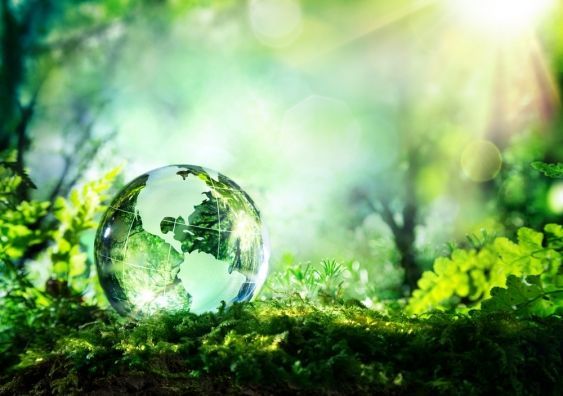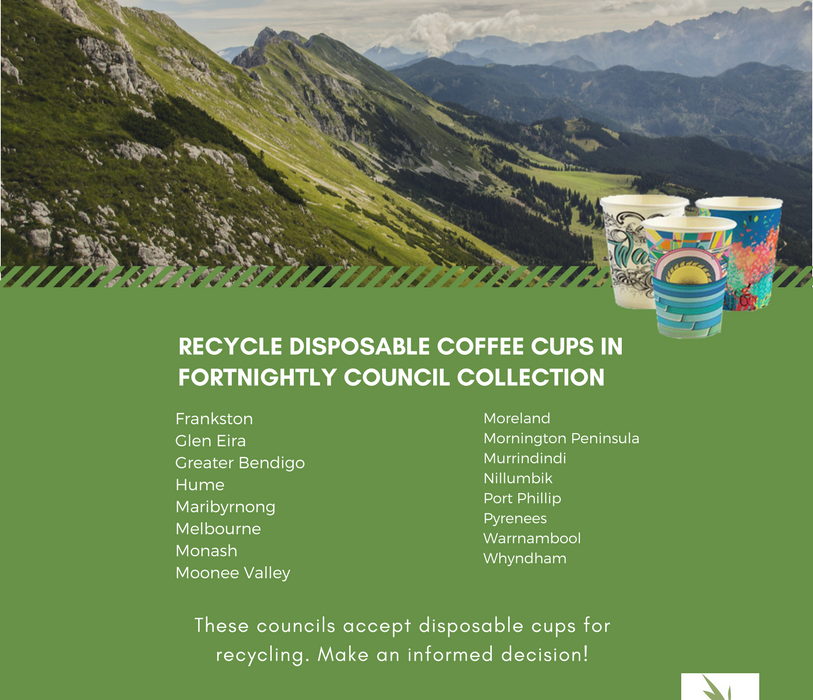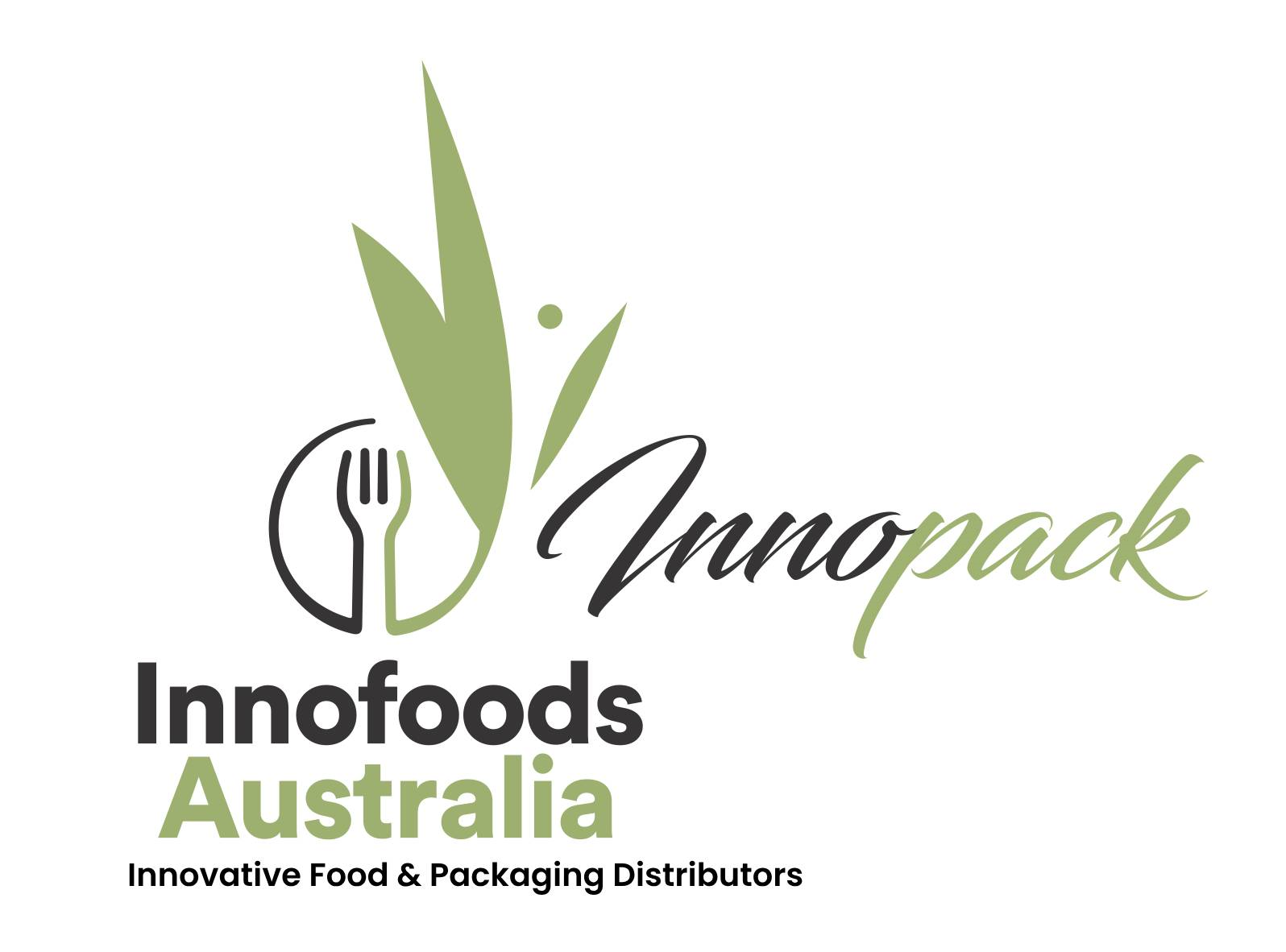Compostable vs Biodegradable vs Recyclable Packaging
What packaging type is best for you?
Packaging has become a part of our everyday life. From ordering parcels through online catalogs to picking up groceries from the local supermarket, our use of packing materials is extensive. This has had an impact on the amount of waste that is generated and ends up in landfills.
According to statistics ,
- Since large- scale production began in the 1950s, 8.3 billion metric tons of plastics have been produced.
- As of 2015, only 9% of plastics have been recycled, and only 12% incinerated.
- 6.3 billion metric tons of plastic or 79% of all plastic production, is still lying around as waste.
While it can be argued that packaging is necessary for hygiene and health, materials should be consistent with environmental concerns. Companies are investing in compostable, biodegradable and recyclable packaging. What are the differences between them, how do they benefit the environment, and which is the best option?
Compostable
Compostable products are defined as materials that decompose naturally into their natural elements without leaving any toxic substances in the soil. Compostable products add nutrients to the soil and are expected to decompose at a rate of 90 days or less , which makes them the most environmentally friendly option.
The pros and cons include:
Difficulties:
- 70% of quick serve customers eat outside which means that they throw their waste into a trashcan.
- Municipal and industrial composting facilities are not available in most cities.
- If a backyard compost site is not feasible, arrangements have to be made with a local compost facility or farm.
Advantages:
- Food comprises 60%- 70% of quick serve waste and is compostable.
- Materials return back to the environment.
- Packaging doesn’t require any complicated process or the use of any machinery to decompose.
Biodegradable
Biodegradable products completely break down into their natural elements such that microorganisms in the soil can consume them. Typically this takes a year or less, which makes biodegradable packaging less efficient green wise compared to compostable packaging.
The pros and cons include:
Difficulties:
- There are no industry standards as to what is and isn’t biodegradable.
- Many manufacturers make unscientific claims that their packaging is biodegradable in landfills.
- The term biodegradable is misunderstood which means that people tend to litter more thinking products will decompose right away.
- Decomposing process requires more time and effort than compostable packaging.
Advantages:
- It can be used as protective packaging for long- term use.
- Materials return back to the environment.
Recyclable
Recyclable products are anything that can be remade into something new. Packaging labels that come with recycling symbols provide information such as if the material is recyclable, local collections and litter deterrents, or if the material was itself made from recycled waste. Recyclable is the most energy intensive of the three options.
The pros and cons include:
Disadvantages
- Recycling practices vary with region.
- Most paper recycling cannot handle food contamination.
- Customers cannot be counted on to recycling.
- Recycling involves higher costs in terms of machinery and labor.
Advantages
- It reuses a product for the same purpose.
- More durable and longer lasting.
The post Compostable vs Biodegradable vs Recyclable Packaging first appeared on Welcome to Innopack.




